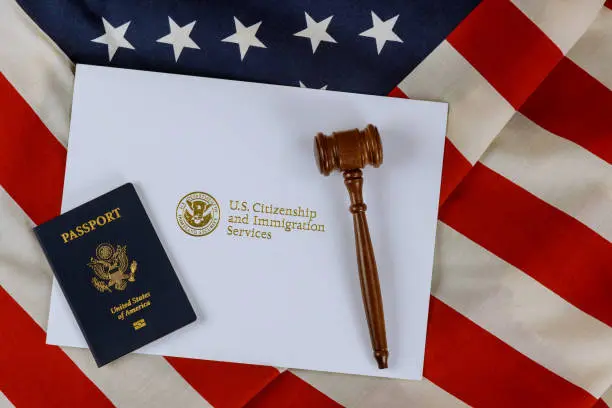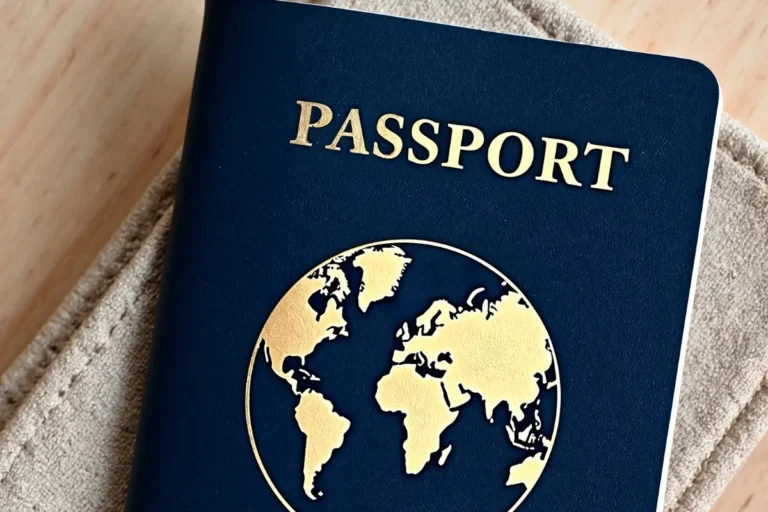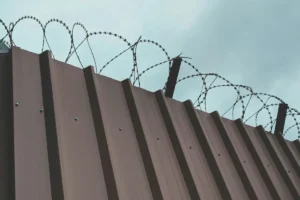September 23, 2025 | UAE: There’s been a lot of worry recently around the new H-1B visa fee change, especially among Indian tech workers, after reports said USCIS was introducing a $100,000 H-1B visa fee. But now that USCIS has clarified what the rule means, many are breathing easier. Here’s the full lowdown on how the change affects H-1B visa applications, where things stand for Indian tech workers, and what to expect going forward.
What Was Announced & What’s Clarified?
USCIS recently said that starting September 21, 2025, any new H-1B visa applications submitted will require a one-time fee of $100,000 per petition. Crucially, this fee is not annual, and it does not apply to renewals or existing visa holders. Indian tech workers with valid H-1B visas are not being hit with this new fee retroactively.
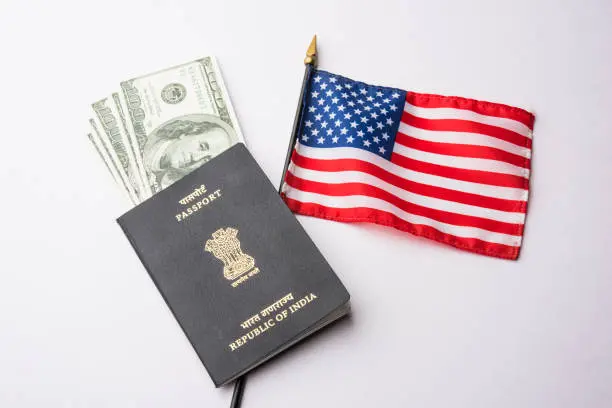
In other words: the H-1B fee of $100,000 is limited to new petitions, not existing ones. It’s not being applied year after year, and doesn’t affect cases already in process.
Why Indian Tech Workers Weren’t Happy & Why the Clarification Matters
Indian tech workers have long relied on the H-1B visa to work in the U.S., especially in companies where remote or off-site work is common. Many were alarmed when the fee was reported without full detail, worrying it might apply to renewals or to people outside the U.S. now.
The new clarification helps reduce panic. It means those already inside the system those holding H-1B visas or in the process of renewing, won’t face an unexpected huge cost. It also gives companies time to plan how they will support future H-1B visa applications, particularly for new hires.
What Exactly the New Rule Requires
Here’s what the USCIS rule on the H-1B visa fee change means in practical terms:
- Fee of $100,000 will apply to new H-1B petitions filed on or after Sept 21, 2025.
- It is a one-time fee, not something that must be paid every year.
- Existing visa holders, renewals, and applications submitted before the new rule do not have to pay this fee.
- The fee does not prevent H-1B holders from leaving or reentering the U.S. under their current visas.
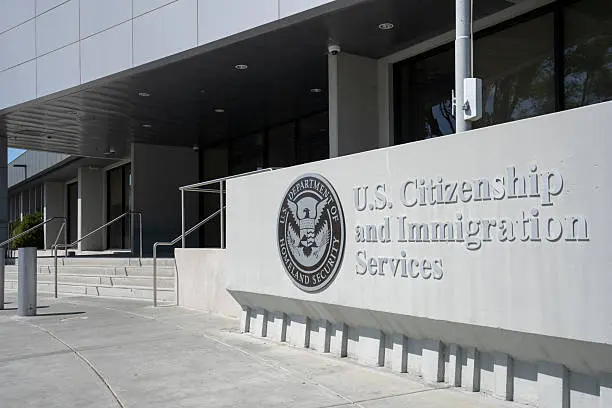
What This Means for Indian Tech Workers & Companies
For many Indian tech workers, this rule change is big. Because India supplies a large share of H-1B visa holders, any change in cost or policy affects many people.
- New hires in U.S. tech firms or startups that depend on H-1B visa applications will see higher upfront costs.
- Companies may be more cautious in sponsoring new employees from abroad under H-1B, given the large one-time fee.
- Firms may shift focus toward hiring locals in the U.S., or trying alternative visa classes if the $100,000 cost becomes a barrier.
- Workers already in H-1B status can be more confident, this clarification protects them from sudden policy harms.
Potential Risks & Remaining Uncertainties
While the clarification helps, some questions remain:
- Whether “new H-1B visa applications” includes change-of-employer petitions or only initial cap filings.
- How this fee will impact smaller firms or startups more than big corporations, they may find it much harder to absorb a $100,000 cost.
- Possible ripple effects: fewer H-1B applications may shift talent flows toward other countries.
- Whether legal challenges will arise, or further administrative guidance that modifies details.

What Should Indian Tech Workers Do Now
Here are some practical suggestions:
- If you are applying for a new H-1B visa, factor in the $100,000 fee in your planning.
- If you are renewing or already hold H-1B status, this change likely won’t affect you but keep track of any correspondence or guidance from USCIS.
- Employers should consult immigration lawyers, adjust budgets, and consider whether alternative visa paths may be more cost-effective.
- Workers and companies alike should stay updated; government departments in India and U.S. tech bodies are monitoring how this plays out.


